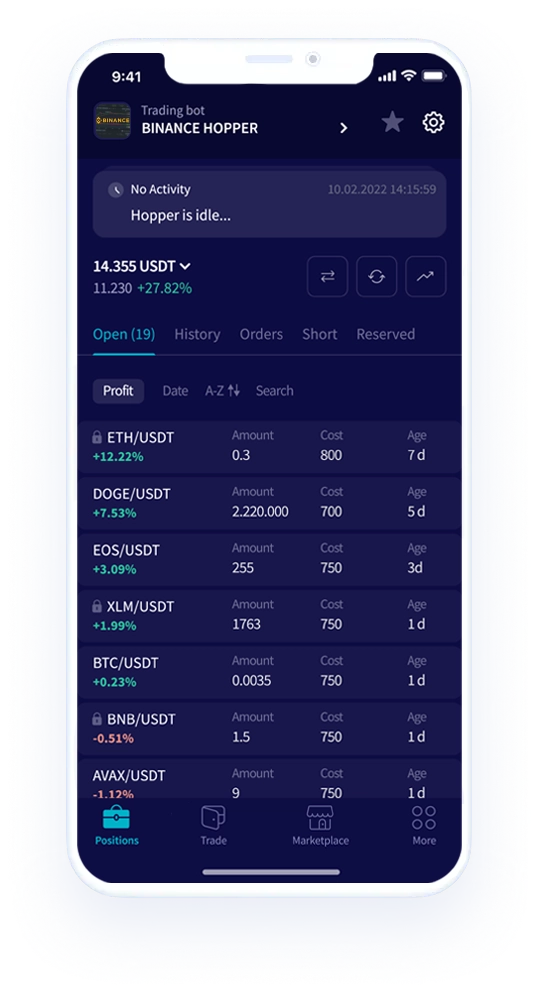Traditional banking giants are busy working on projects to understand how best they can tap into this potential. Governments in major financial centres from the UK to Singapore have launched sandboxes to see how regulation could support capital markets infrastructure underpinned by blockchain technology.
The blockchain and finance press have been littered with headlines of successful pilots, including Siemens’ $330 million digital bond, issued last year as part of the European Central Bank’s trial to settle central bank money on blockchains.
These news stories have undoubtedly been positive for shining a light on tokenisation. But there’s a problem. Many of the reported ‘success stories’ are so far removed from what tokenisation could — and should – be, that they are essentially TradFi transactions in disguise.
Take the Siemens example. It was undoubtedly a success insofar as it proved that digital bonds can be settled much more quickly than is currently possible via traditional means. But the bond was issued on a private blockchain, needed Deutsche Bank to facilitate settlement and seemingly offered no mechanism for self-custody.
In my view, this is not what a tokenised bond should look like. The core of tokenisation is disintermediation, empowering users by streamlining the technologically obsolete parts of the capital markets ecosystem. Tokenisation replaces the work of transfer agents, central depositories and clearing systems, custodians and compliance reporting with cheaper, faster, and more transparent on-chain solutions. At the same time, they offer investors more flexibility, including by offering much lower entry points compared to the traditional markets.
I fear that tokenisation could go further down the road of being commandeered by the TradFi behemoths looking for ways to create new innovative products for their client bases. Larry Fink’s recent call for the U.S.’s SEC to “rapidly approve the tokenisation of bonds and stocks” could mean that we’re edging closer to the point of no return.
Despite President Donald Trump’s apparent embrace of the crypto community, the concrete announcements we have seen on the U.S.’s position on crypto — notably the strategic bitcoin reserve – have been viewed by some as underwhelming. This could prove to be pivotal for the incumbent banking sector.
While the major crypto players are still grappling about where the industry is heading, this potentially gives the banking lobby an opportunity to capitalise on a crypto-positive U.S. administration. It would be a missed opportunity for tokenisation if we end up with a regulatory environment that means traditional finance players leverage blockchain technology for their own ends, improving their bottom lines while developing new products for their narrow client bases, while maintaining the status quo of our current capital markets.
The investors that are likely to benefit from tokenised products from large banks are miniscule compared to the general population. There are millions of people all over the world who would relish the opportunity of being able to invest in stocks or corporate bonds, but can only dream of reaching the accredited investor or equivalent thresholds.
Tokenisation also offers an opportunity for investors to regain control over their assets. Technology like Blockstream’s Liquid Network leverages whitelists to allow peer-to-peer trading, the ability to move assets across trading platforms and even to self-custody assets. In the future, we look forward to more granular voting and dividend payments. Integration with USDt and BTC is also important to allow a low friction flow of funds between conventional, RWA and crypto markets.
Our current capital markets are only made for the few. Tokenisation allows us to untangle that. We now have the technology to enable any small business to raise the capital they need to grow, without having to engage banks and all within regulatory and compliance guardrails. For prospective investors, anyone with as little as $1 to invest can start to grow their wealth via tokenised U.S. treasuries. We’re already seeing this in El Salvador with NexBridge’s USTBL product.
If we’re to avoid a TradFi takeover of tokenisation, we need regulators to understand the bigger picture promise of tokenisation. While it is important that tokenised versions of sophisticated investment products are appropriately regulated, we also need all major jurisdictions to provide clarity on how tokenised products can be opened up to any retail investor, regardless of how much they have to invest.
Tokenisation represents a once-in-a-generation opportunity to democratise access to capital. We owe it to the millions of underbanked people and businesses worldwide to not lose sight of this.
The post appeared first on Bitfinex blog.

